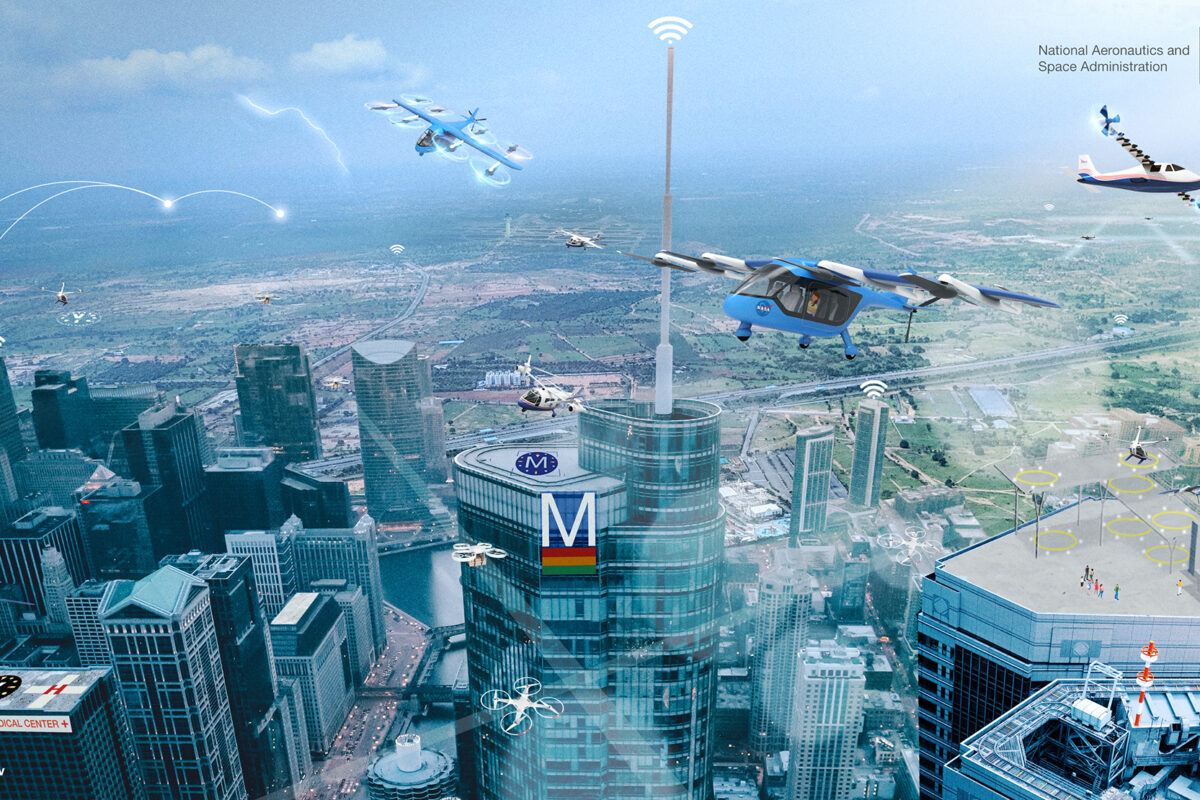
According to a university press release, researchers at UT Austin’s Oden Institute for Computational Engineering and Sciences and the Department of Aerospace Engineering and Engineering Mechanics in the Cockrell School of Engineering are leading a team that will develop methods that could be used to validate the cost and scalability of conceptual autonomous cargo operations. They will be providing theory and concepts for all types of vehicles — from large unmanned cargo aircraft crossing the US to the single drone that can drop a package in residential neighbourhoods.
The researchers will rely heavily on machine learning and computational engineering to find solutions to the long list of challenges they face, from the management of autonomous aircraft traffic flow to regulations to public concerns about safety, privacy, emissions, and noise pollution.
The team includes experts from Purdue University, the Massachusetts Institute of Technology, MIT Lincoln Labs, Morgan State University and an industry partner, Cavan Solutions, in a NASA University Leadership Initiative (ULI). This program gives the university community the chance to receive NASA funding to take the lead in building their own teams and setting their own research agenda.
“Public concerns such as noise pollution, privacy or perceived risks of autonomous operations are usually addressed in a post-hoc analysis,” said lead investigator Ufuk Topcu, professor of aerospace engineering and engineering mechanics and director of the Autonomous Systems Group in the Oden Institute. “This approach is not only costly but tends to have limited impact. We are using mathematical models to represent public concerns that characterize their relative importance with other factors in the overall process.”
The team will use a method that transforms societal concerns — from environmental, to safety and risk — into terrain or surfaces.
“You can create a hill for each noise-sensitive area like a school or church,” said John-Paul Clarke, a professor in the Cockrell School of Engineering and co-principal investigator on the study. “We can then modify the flight trajectory of an aerial vehicle to ensure it remains above the resulting terrain or thereby ensure the noise level at all locations stays below the noise threshold used to create the surface.”
This approach of characterizing public input directly into the design and operation of advanced air mobility technology is rare. Topcu is an advocate for developing a coordinated strategy that accounts for the many technical, economical and societal aspects of autonomy.
“The design of all new autonomous systems requires input from all stakeholders in society, not just scientists and engineers,” he said. “Public acceptance must be central to the design and operation decisions in advanced air mobility.”
For more information visit:

